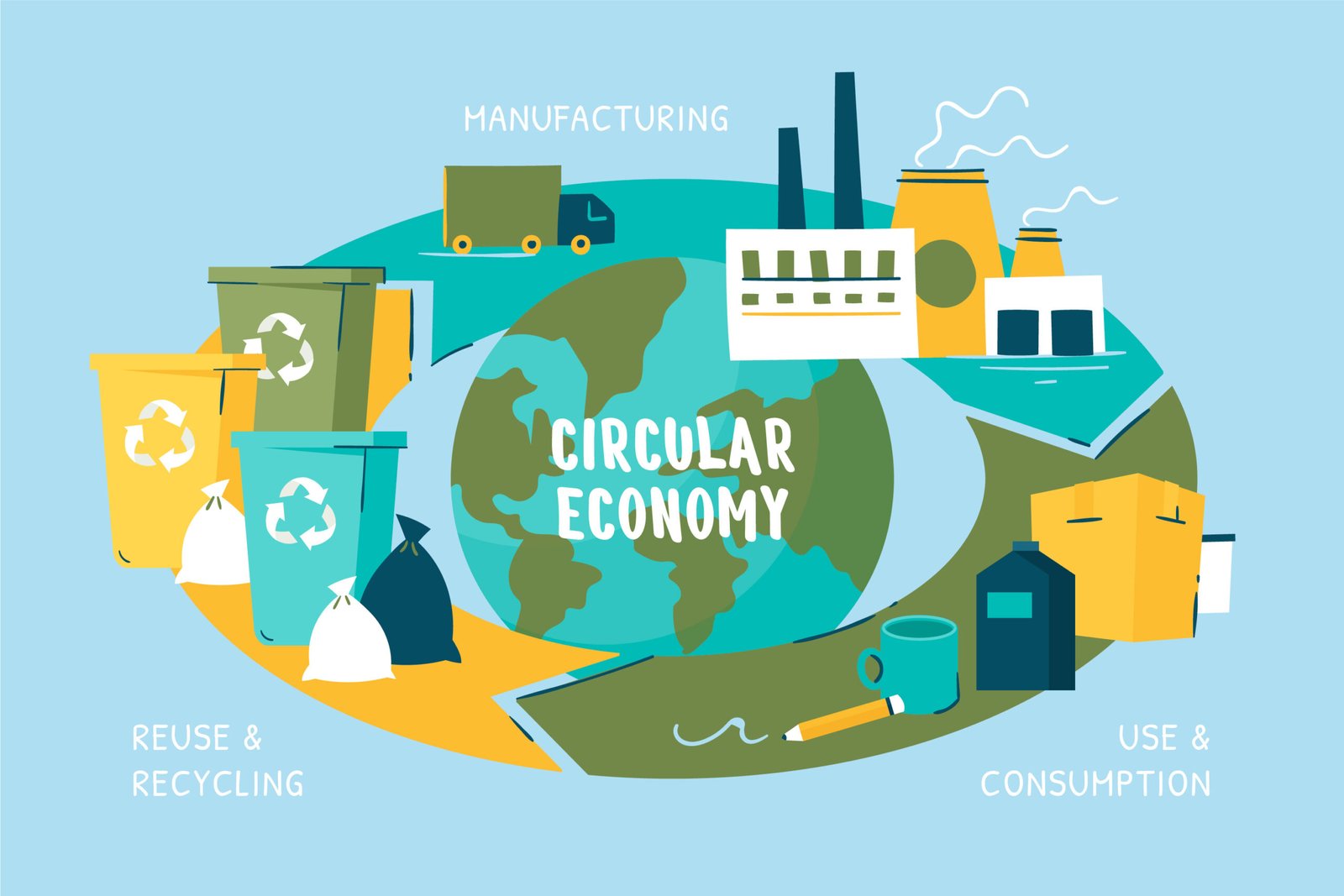How Paper-Shredding is a Sustainable Activity
In an era where sustainability is at the forefront of societal concerns, finding eco-friendly practices in everyday activities is crucial. One such practice is document destruction services, a method often associated with secure document disposal. However, paper shredding offers significant environmental benefits beyond security, making it a sustainable activity. This article explores how paper shredding contributes to ecological sustainability, highlighting its role in waste reduction, resource conservation, and supporting the recycling industry.
Waste Reduction and Landfill Minimization
One of the most direct environmental benefits of paper shredding is reducing waste that ends up in landfills. In the United States alone, millions of tons of paper waste are generated annually, contributing significantly to the total waste stream. When documents are shredded, they become smaller and more compact, which makes them easier to transport and process for recycling.
Efficient Waste Management
Shredded paper occupies less space than unshredded paper, making waste management processes more efficient. This efficiency reduces the physical space required for waste storage and minimizes the frequency of waste collection. As a result, carbon emissions associated with transportation and disposal of paper waste are reduced. By shredding paper, individuals and organizations can contribute to a more streamlined and less polluting waste management system.
Prevention of Illegal Dumping
Furthermore, shredded paper is less likely to be illegally dumped. Loose documents can be easily discarded improperly, but shredded paper, especially when collected in large quantities, is often stored in secure bins and sent directly to recycling facilities. This reduces the environmental hazards of illegal dumping, such as soil and water contamination.
Resource Conservation
Paper production is a resource-intensive process that consumes vast amounts of water, energy, and raw materials. Shredding paper for recycling helps conserve these valuable resources by ensuring that used paper is reintegrated into the production cycle rather than discarded.
Saving Trees
Recycling paper directly contributes to the conservation of forests. The paper industry is a significant driver of deforestation, which leads to habitat destruction, loss of biodiversity, and increased greenhouse gas emissions. By shredding and recycling paper, fewer trees must be cut down to meet the demand for new paper products. This preservation of forests is vital for maintaining ecological balance and combating climate change.
Reducing Energy and Water Usage
Recycling paper uses significantly less energy and water than producing new paper from virgin materials. According to the Environmental Protection Agency (EPA), recycling one ton of paper can save up to 17 trees, 7,000 gallons of water, and enough energy to power the average American home for six months. By shredding paper and ensuring it reaches recycling facilities, we can make a substantial impact on resource conservation.
Supporting the Recycling Industry
The act of paper shredding is an integral part of the recycling process. Shredded paper is a valuable raw material for recycling facilities, where it can be processed into new paper products. This not only supports the recycling industry but also promotes a circular economy where materials are reused and repurposed rather than discarded.
Enhancing Recycling Efficiency
Recycling facilities can process shredded paper more efficiently than whole sheets. Shredded paper can be easily pulped and cleaned, reducing the energy and effort required for recycling. This efficiency translates to lower operational costs and reduced environmental impact of recycling plants. By providing a steady supply of shredded paper, individuals and businesses help optimize the recycling process.
Creating Economic Opportunities
The recycling industry creates jobs and stimulates economic growth. From collection and sorting to processing and manufacturing, each stage of the recycling process involves a range of employment opportunities. By shredding paper and contributing to the recycling stream, we support these jobs and contribute to the economy’s overall health. Furthermore, a robust recycling industry can lead to innovations in recycling technology and practices, further enhancing sustainability efforts.
Promoting a Culture of Sustainability
Paper shredding as a sustainable activity also has a broader cultural impact. When individuals and organizations prioritize shredding and recycling paper, they promote a culture of sustainability. This cultural shift can influence other areas of behaviour and decision-making, encouraging more environmentally responsible practices.
Encouraging Responsible Consumption
By recognizing the importance of shredding and recycling paper, people become more conscious of their consumption patterns. This awareness can lead to more mindful use of paper products, reducing overall consumption and waste. For instance, individuals may opt for digital documents over printed ones or choose products made from recycled paper. Such responsible consumption patterns further reduce the environmental footprint.
Educating and Raising Awareness
Engaging in paper shredding and recycling activities also serves as an educational tool. Schools, businesses, and communities can use paper recycling programs to teach the importance of sustainability and environmental stewardship. These educational initiatives can raise awareness and inspire action, fostering a generation committed to protecting the planet.
Technological Advancements in Paper Shredding
Technological advancements in paper shredding have further enhanced its sustainability benefits. Modern shredders are designed to be energy-efficient and capable of handling large volumes of paper, making the shredding process more effective and environmentally friendly.
Energy-Efficient Shredders
Energy-efficient shredders use less power, reducing the overall carbon footprint of the shredding process. These machines are equipped with features such as automatic shut-off and power-saving modes, which minimize energy consumption when the shredder is not in use. Businesses and individuals can further reduce their environmental impact by investing in energy-efficient shredders.
Advanced Shredding Techniques
Innovations in shredding technology have led to the development of cross-cut and micro-cut shredders, which provide enhanced security and produce smaller paper particles. These smaller particles are more accessible to recycle, improving the efficiency of the recycling process. Additionally, advanced shredders can handle a variety of materials, including staples, paper clips, and even CDs, reducing the need for pre-processing and sorting.
Conclusion
Paper shredding is more than just a method for secure document disposal; it is a sustainable activity with far-reaching environmental benefits. By reducing waste, conserving resources, supporting the recycling industry, and promoting a culture of sustainability, paper shredding plays a crucial role in environmental conservation efforts. As technological advancements continue to improve the efficiency and effectiveness of shredding processes, the positive impact of paper shredding on sustainability will only grow. Embracing paper shredding as a routine practice can help individuals and organizations contribute to a healthier, more sustainable planet.


















